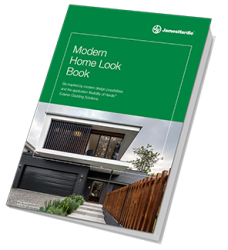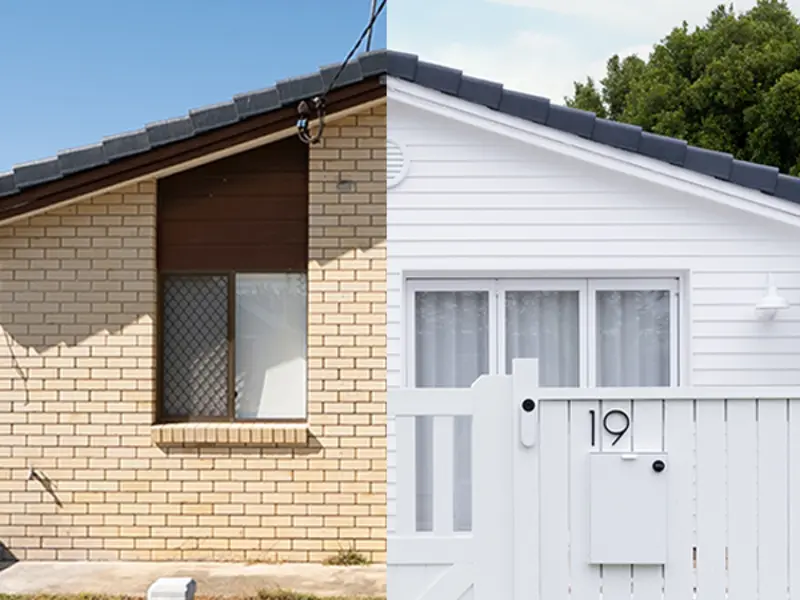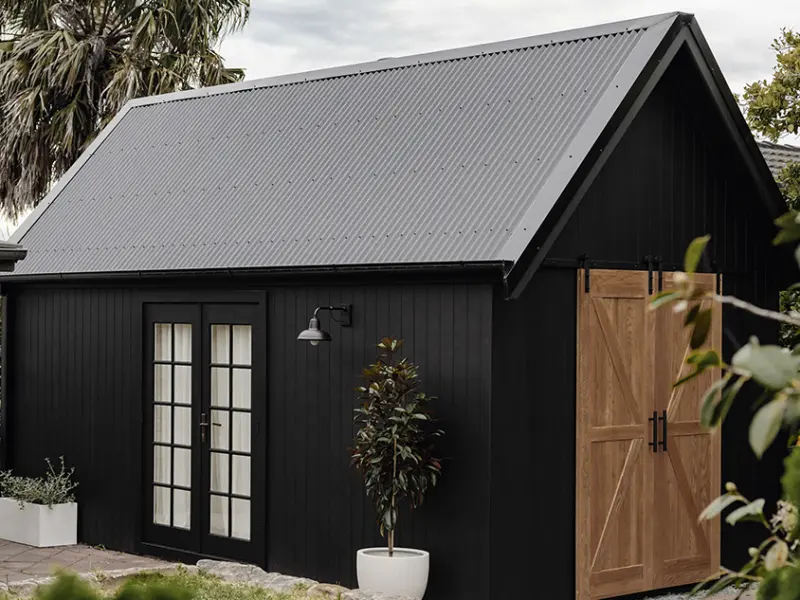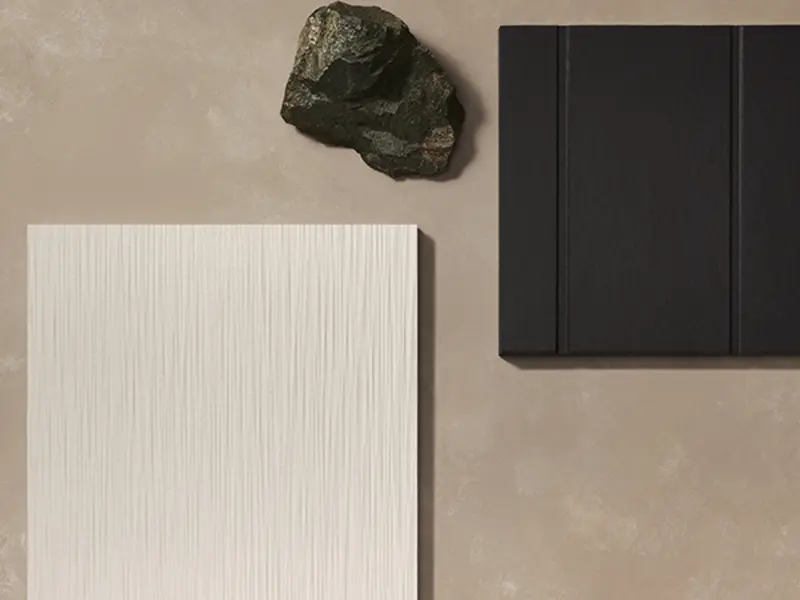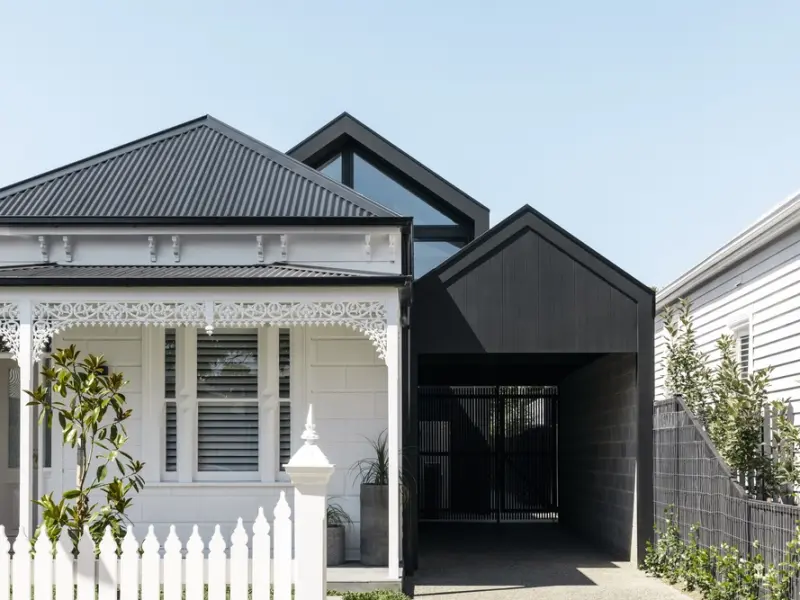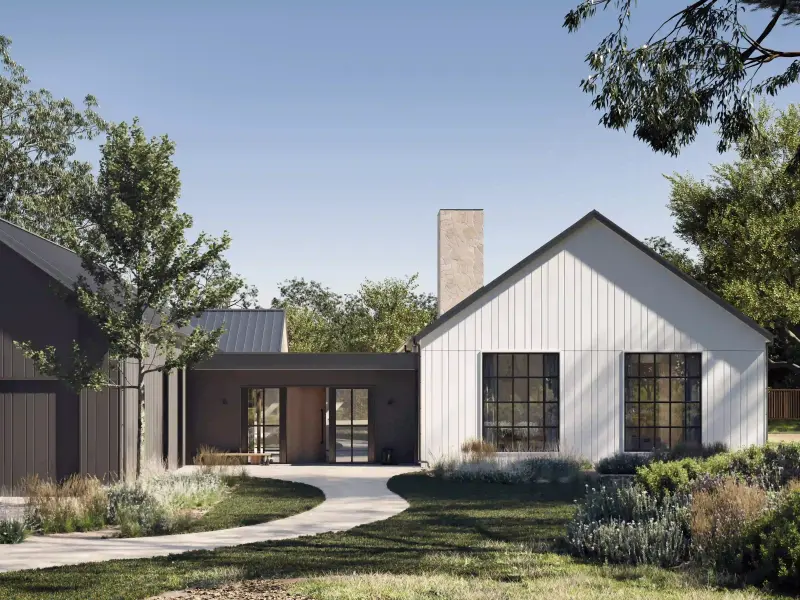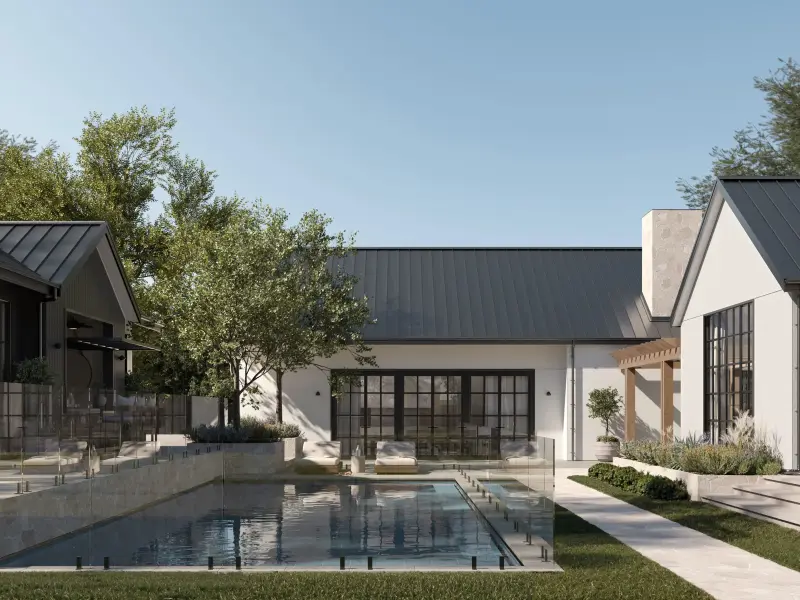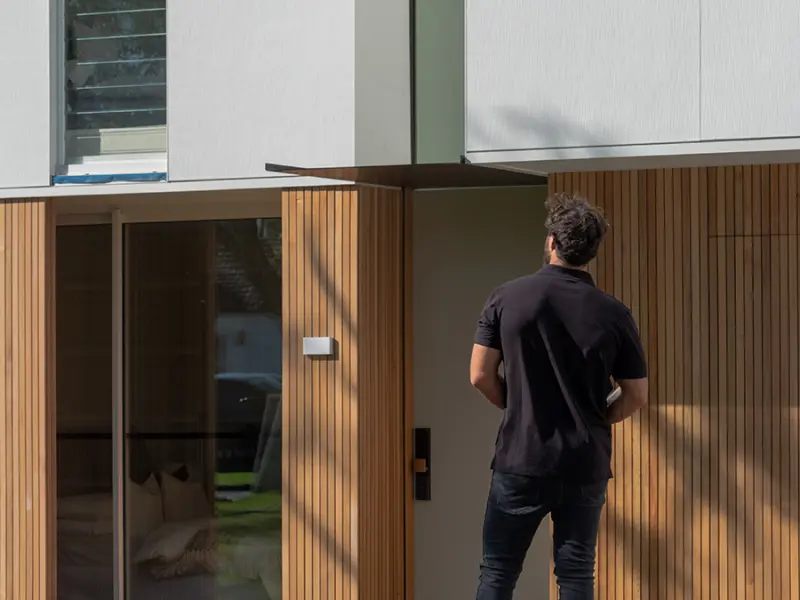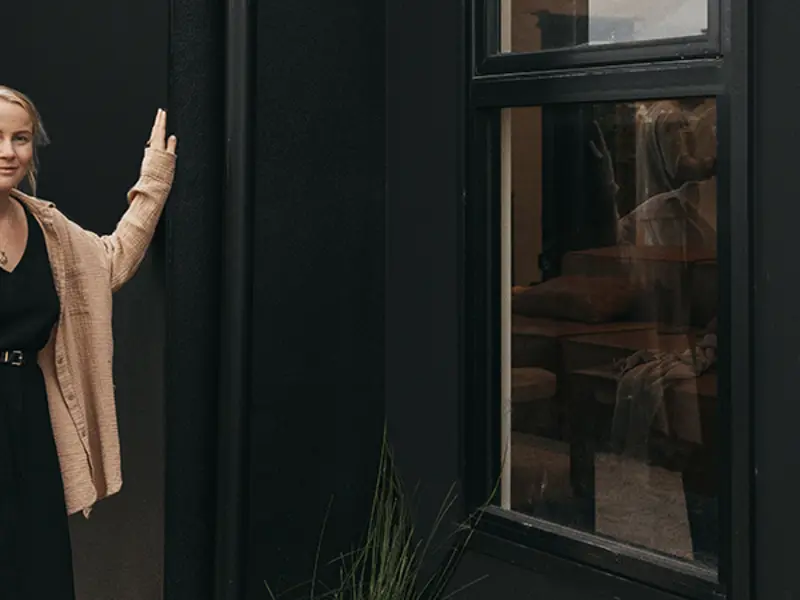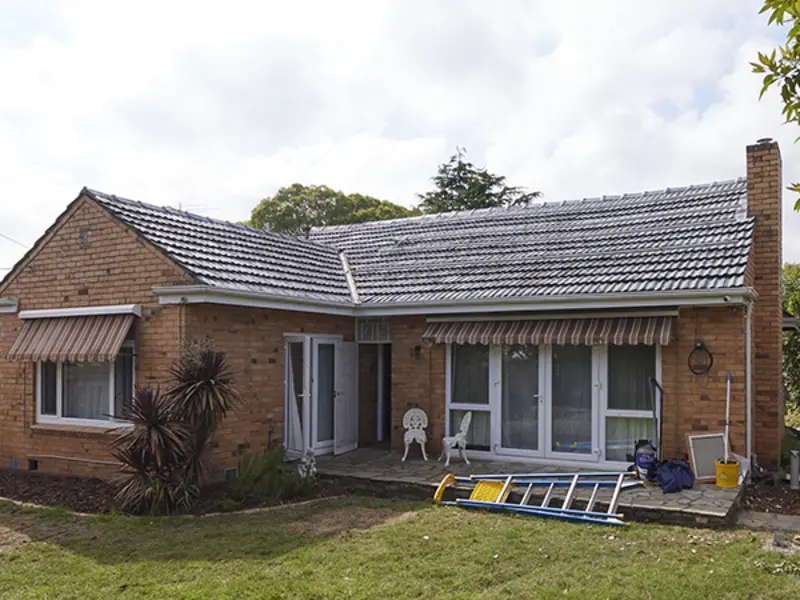
First impressions count: How to maximise curb appeal
Your home’s façade is its public face, presenting a glimpse of the beauty, design and style inside. That makes exterior design one of the most crucial aspects of any renovation home project or build.
“Street appeal is an important consideration to ensure your home achieves your vision,” says Neil Hipwell, founding director of design and construction company Futureflip. “The façade of your home is a representation of you in your neighbourhood, and the first impression for your visitors.”
But, Neil continues, the exterior of your home should be more than just a pretty face – serving a very practical purpose, too. “It does more than look good; it’s there to protect your home and your family from the elements, and it also provides thermal insulation.”
Here, we’ve compiled some easy curb appeal ideas and a step-by-step guide to home façade design.
Hone your style and vision
Your home’s overall feel and aesthetic should be the first consideration in your project, and needs to work cohesively from the outside in – or from the inside out.
Do you picture your house making a strong visual statement or blending into the neighbourhood? Are you in the city, the suburbs, or a country or coastal setting? Visually, are you more drawn to a Hamptons, Box Modern or Scandi Barn aesthetic? For design inspiration, check out our Modern Look Book, from which you can save and collect images of inspirational exteriors.
Maria Cerne, founder of Canberra-based design and styling practice Studio Black Interiors, suggests collating all your ideas onto a mood board, which can be shared with your builder to convey your desired look. For a vision board that’s not only pretty but also practical, try Style Sourcebook, an interactive styling platform that lets you create boards using real products from an extensive range of brands.
Pick a simple, cohesive palette
“Less design is good design,” says Neil. “My personal choice for home facade design is to use a neutral colour palette paired with raw materials to create a really timeless look.”
A good rule of thumb is to choose a trio of main finishes or colours. These three base colours should be used on the largest areas of your exteriors, such as the walls, roof and garage door. Then, a few accent colours can be used on smaller areas, such as windows, trims and your front door.
“We recommend avoiding using patterns, bold colours and hard shapes,” adds Neil. “Instead, you can create a modern facade by creating texture through material choices.”
Materials matter, so choose them wisely
An essential step in your house facade design is choosing exterior materials with long-term benefits.
Historically, Australian homes were built from locally sourced natural materials such as sandstone and timber. Today’s modern homes are often built from engineered materials, including plasterboard, laminates and fibre cement. These tend to be more durable, cost-effective and sustainable, and are more thermally efficient than materials such as brick.
“We like the range of cladding by James Hardie because, not only is it bushfire and termite-safe, but also fibre cement is created to withstand Australian conditions so it won’t warp, twist or rot,” explains Neil. This cladding range suits a variety of home styles: Linea™ Weatherboards, for example, are installed horizontally to create a stunning coastal-inspired look, while Hardie™ Fine Texture Cladding mimics the clean and contemporary look of render.
“Cladding is a great choice as it’s quick and easy to install, and it lends itself to different types of design features that can be more difficult to achieve when working with brick,” Neil continues.
Natural accent materials, such as hard timber or raw brick, can be incorporated to add texture and warmth to your exterior design without compromising the overall practicality and durability of your home. “Whether it’s a bit of cedar detailing or a custom timber front door, this will really enhance the overall look of your facade,” explains Neil.
Order a Sample
Ready to specify Hardie™ fibre cement products in your next project? Order a sample to help visualise your design decision. Paint samples in any colour to suit the vision you have for your dream home.
Top tip:
Given that the exterior of the home has such an important role to play in any renovation plan, it’s vital that your builder understands your overall design vision and material choices. Communication is key – the Hardie™ Product Catalogue is a handy resource to download and peruse with your builder.
Consider your finishing touches
Window trims, door hardware, house numbers and letterboxes shouldn’t be afterthoughts – they’re all elements that will beautify your façade and give your house curb appeal. Try painting your front door a stand-out hue, or adding a cosy daybed or armchair piled with cushions to your verandah.
Consistency, however, is crucial. “You really want to create a cohesive feel to tie your façade together,” advises Neil. “Accessories like lights, house numbers, letterboxes and door handles all need to fit in with the overall design you’re trying to create.”
Landscaping is another essential element of exterior design. Whether you opt for a manicured garden, some pretty window boxes or a hanging planter by your front door, ensure your greenery matches your home’s overall aesthetic – see more ideas here.
A gorgeous exterior will fill you with pride and joy every time you arrive home. Download our Modern Look Book to help hone your vision, and our Hardie™ Product Catalogue to find materials that are good-looking, practical and durable, and will bring your dream home to life.
Modern Look Book
Our Modern Look Book provides design inspiration and highlights hallmarks to help describe and define the clean, contemporary home of your dreams. Discover which modern look you love then use the images and language to brief your designer or builder.
